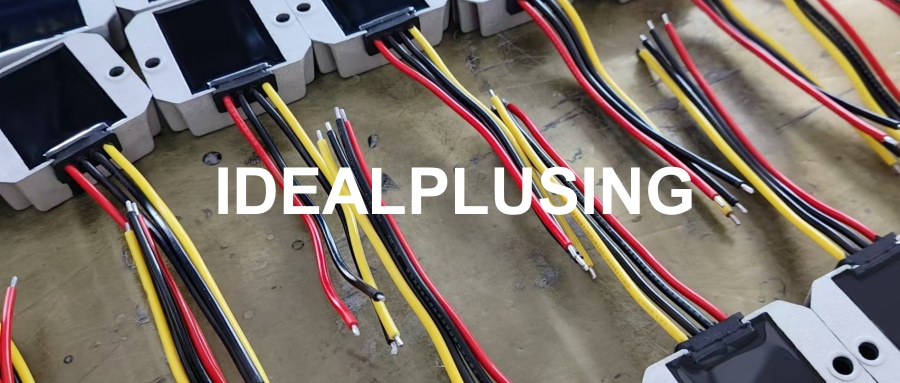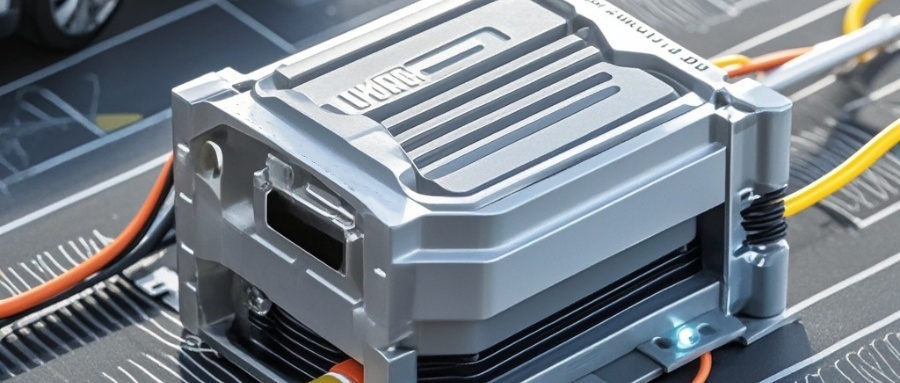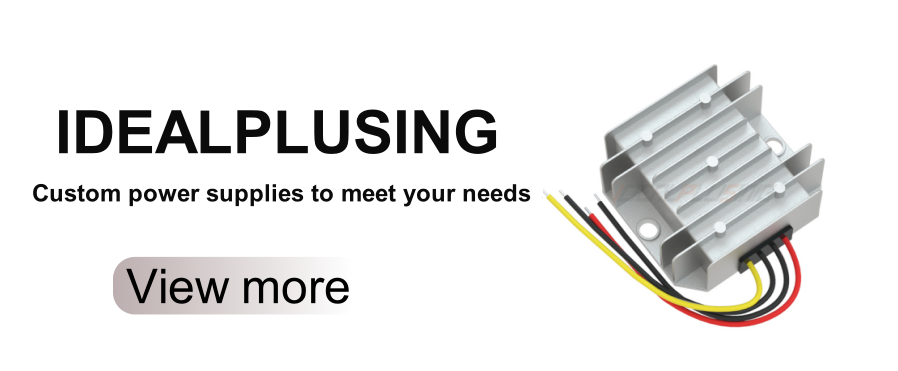
A DC-DC converter is an electromechanical device or circuit used to convert a DC voltage from one level to another as required by the circuit. A DC-DC converter belongs to the family of power converters and can be used in small voltage applications like batteries or high voltage applications like high voltage power transmission.
A DC-DC converter is an electromechanical device or circuit used to convert a DC voltage from one level to another as required by the circuit. A DC-DC converter belongs to the family of power converters and can be used in small voltage applications like batteries or high voltage applications like high voltage power transmission.
When semiconductors were not available, the common technique for converting DC voltage to the high voltage required for low power projects was to convert it to AC voltage through a vibrator circuit. Then, a step-up transformer was used to increase the output voltage level and a rectifier circuit was used for DC conversion. For applications requiring high power, a combination of a motor and a generator was used. The motor drove the generator, which provided the required load voltage. These techniques were costly and inefficient, but were adopted as there were no alternatives at the time.
The invention of power semiconductors and integrated circuits led to various cheaper solutions such as DC power supplies, where high frequency AC is fed into a transformer. This device is less costly and easy to operate. It changes the voltage and then is converted back to DC again through a rectifier.

How DC-DC Converters Work
Switching technology is often used for converter operation. A switch-operated DC-DC converter converts a DC voltage from one level to another depending on the application requirements; thus the output voltage can be higher or lower than the input value. During the conversion process, the converter stores energy for a period of time and provides the output at a different level. The energy is stored in the form of a magnetic field in a conductor transformer and in the form of an electric field in a capacitor. Switching voltage conversion is easier to handle and more energy efficient than linear voltage conversion, which dissipates power as heat. High-speed semiconductor devices with fast rise and fall times are required to achieve efficiency. High-speed switching requires precise layout, which makes circuit creation difficult. The high efficiency of switch-mode converters reduces the need for heat sinks and extends battery life. Using FETs improves converter efficiency because these devices can perform the switching process efficiently and have less losses than BJTs.
Other improvements in DC-DC converters include replacing the flyback diode with a synchronous rectification circuit with a power FET that has less resistance and reduces losses during the switching process.

Most DC-DC converters are designed to direct the flow of power in one direction, from input to output. However, all switching regulator circuits can be bidirectional, allowing power to be transferred in either direction by replacing all diode-controlled active rectifier circuits. Bidirectional converters are suitable for applications such as regenerative braking in vehicles, where power is provided to the wheels while the vehicle is moving and received during braking.
As with all high-frequency circuits, some measures must be taken to create a DC-DC converter, such as component selection, connection, and the switching noise must be set at an acceptable level. Initially, the cost of creation was higher than that of linear regulators, but later it was reduced by using the latest circuit creation technology.
Today, DC-DC converters are based on ICs and require some additional components. They also exist in hybrid configurations used in a variety of electronic structures.
Since switching converters can operate at higher frequencies, they can be designed to occupy a smaller space. During the design of the converter, a compromise must be found between circuit size and efficiency.
DC-DC Converters for Electric Vehicles
The various types of vehicles driving around us contribute to air pollution, global warming, and depletion of the earth's resources. To address these problems, one solution is to replace conventional cars, hybrid vehicles, and fuel cell electric vehicles with electric vehicles. Electric and hybrid vehicles use two types of energy storage devices. The first is MES (Multi-purpose Energy Storage) for storing high energy, while the second is Rechargeable Energy Storage System (RESS) that offers high power capabilities and reversibility. MES offers high driving range, RESS has good regenerative braking and acceleration systems. Energy storage devices vary the output voltage depending on the load, and the high voltage of the DC link creates problems for vehicle engineers when configuring energy storage components with traction drives. DC-DC converters can be used to connect components in the electric powertrain.







